Find out how drones help Oak Ridge lab researchers
Flying cameras and remote sensors through the air, drones provide a bird’s-eye perspective of events difficult to detect at ground level. In addition to their military applications, drones are used to meet civilian needs such as traffic surveillance, power-line inspection, aerial home inspections and post-disaster search-and-rescue operations.
Researchers at Oak Ridge National Laboratory and elsewhere are increasingly using sensor-laden drones - they call them uncrewed aerial systems, or UAS’s – in scientific investigations of events on Earth, including wildfires, oil-and gas fracking and electric utility operations.
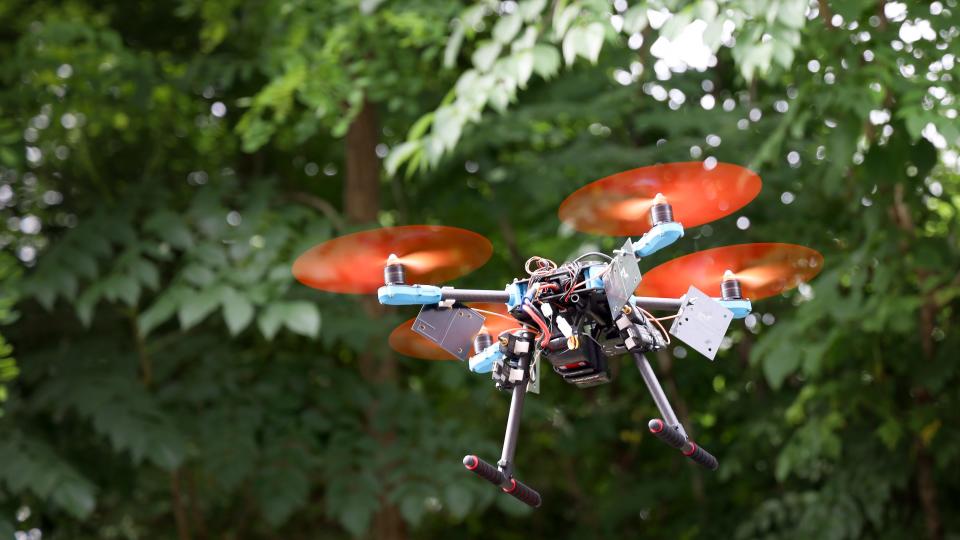
“Drones: Making Sense of the World Below” is the title of the next Dick Smyser Community Lecture sponsored by Friends of ORNL. Dick Smyser was a long-time editor of The Oak Ridger and a FORNL member who helped launch the community lecture series.
The lecture, which will be given by a distinguished scientist at ORNL and three co-presenters he has advised during their doctoral research, will be held at 7 p.m. Thursday, June 27, at 7:00 p.m. in the City Room (A-111) of the Coffey-McNally Building on the Oak Ridge campus of Roane State Community College.
Hors d’oeuvres and non-alcoholic beverages will be served starting at 6:15 p.m. Drive into parking lot B at 701 Briarcliff Ave. and enter the Coffey-McNally Building. The City Room is just off the lobby where the refreshments will be served.
The speakers
The speaker will be Peter Fuhr, a distinguished scientist at ORNL who serves as both the group leader of ORNL’s Grid Communications and Security Group and the technical director of the Unmanned Aerial Systems Research Center. His research activities have ranged from on-orbit satellites and assessment of appropriate techniques for rural broadband communications to mobile sensors, systems for use in wildfire situations and sensors and techniques for currency verification and security.
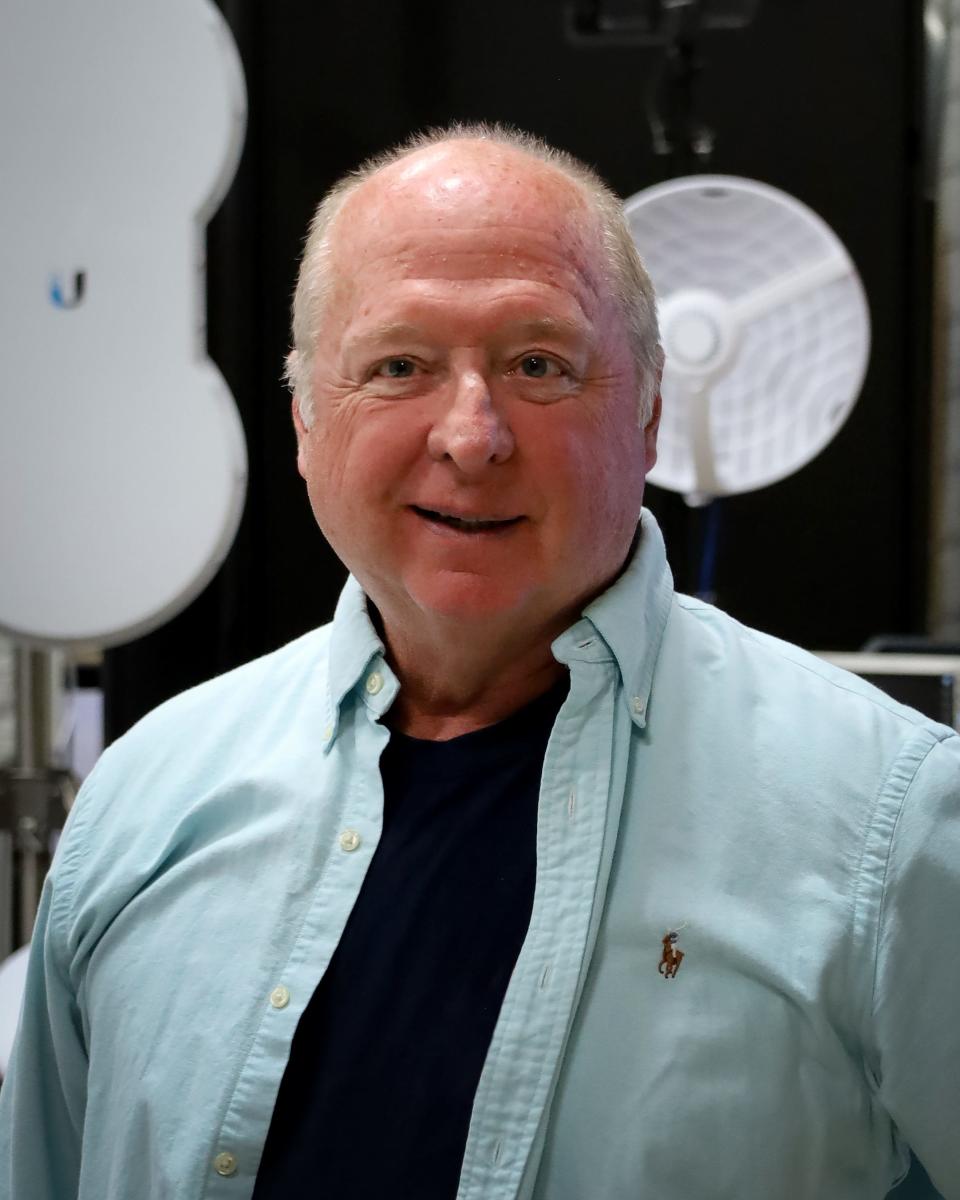
Fuhr’s pioneering research in fiber-optic sensors earned him a Presidential Award for Excellence in Research. He has authored and delivered hundreds of technical journal and conference publications/presentations. He is a life senior member of the Institute of Electrical and Electronics Engineers and a fellow of the International Society for Automation.
He holds bachelor’s degrees in physics and mathematics from Beloit College and M.S.E. and Ph.D. degrees in electrical engineering from Johns Hopkins University.
The first co-presenter will be Erica Grant, who has a B.S. degree in physics from Virginia Tech and a Ph.D. in quantum sciences and engineering science from the University of Tennessee at Knoxville (UTK).
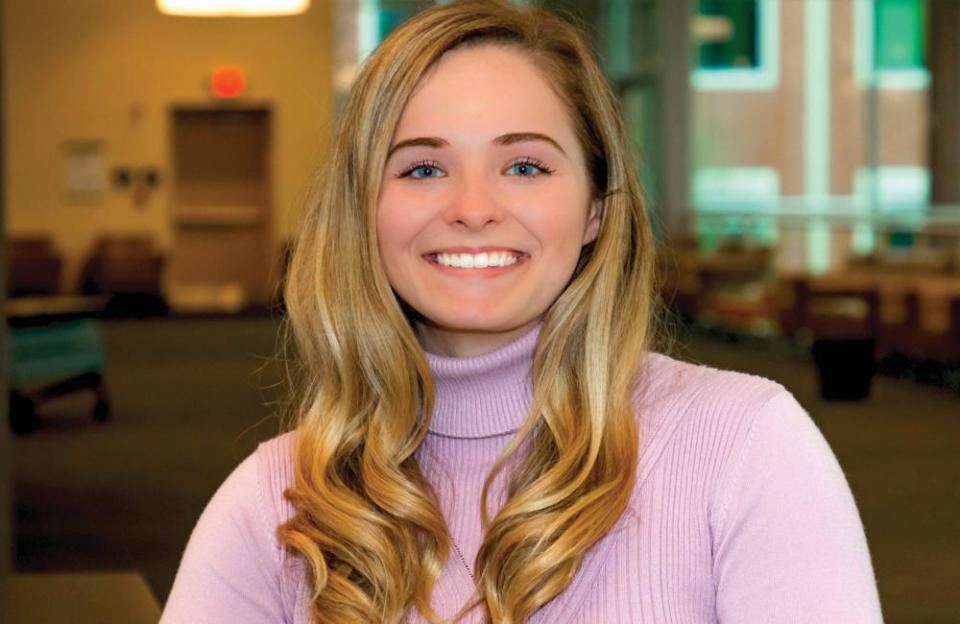
As founder and CEO of Quantum Lock Technologies, she is developing quantum security technology and software for door/key management, initially for hotels and manufacturing facilities. She holds multiple patents and has raised over $1 million in funding for her startup.
The other two co-presenters are doctoral candidates under the guidance of Fuhr.
Elizabeth Piersall, ORNL research scientist, has a B.S. degree in physics from Virginia Tech, and is a Ph.D. candidate in UTK’s Data Science and Engineering Program at the Bredesen Center for Interdisciplinary Research and Graduate Education.
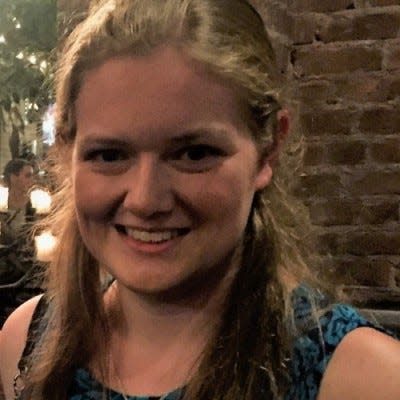
She has conducted research related to analysis of signals indicating power system grid distortions, detection of asbestos during wildfire operations, candidate technologies for rural broadband deployment, future electric grid communications and analysis of cicada brood X sounds (by recently surfaced male cicadas that sing to attract mates). Her dissertation research delves into the applicability of a custom UAS-based, multi-wavelength video sensor for grid applications.
Emma Foley is also a Ph.D. candidate in the Data Science and Engineering Program at the Bredesen Center for Interdisciplinary Research and Graduate Education at UTK. She holds a B.S. degree in civil engineering from the University of Notre Dame and B.S. and M.S. degrees from Saint Mary’s College in mathematics and data science respectively.
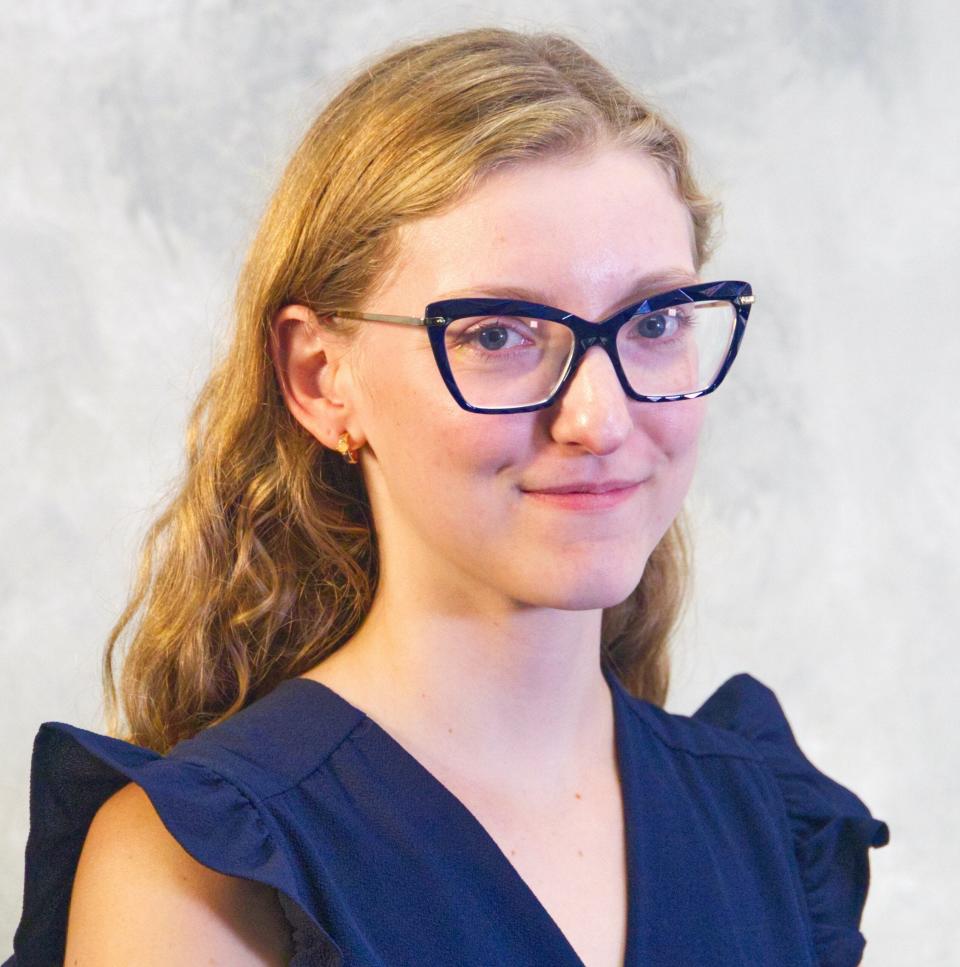
She is investigating the use of novel engineering mathematics in the analysis of power grid data. Specifically, she is examining Warped Gaussian Processes for their application in interpretable analysis of power grid data that is collected via remote sensing from drones.
This article originally appeared on Oakridger: Find out how drones help Oak Ridge lab researchers

